India, a land of diverse cultures, religions, and spiritual practices, has been the birthplace of various ancient traditions, including Tantra. Tantra, a path of spiritual growth and enlightenment, combines rituals, meditation, and yoga to connect with the divine. Throughout the country, one can find numerous Tantra temples that serve as sacred spaces for practicing this esoteric tradition. This article explores the rich history, significance, and some of the prominent Tantra temples in India, shedding light on their mystical aspects.
The Roots of Tantra
Tantra, a complex and multifaceted spiritual tradition, traces its roots back to ancient India. It combines elements of Hinduism, Buddhism, and other indigenous practices to explore the mystical dimensions of life. The word “Tantra” itself means a systematic, esoteric text or ritual, and it encompasses a wide range of teachings, from philosophy and meditation to rituals and yoga.
The core of Tantra is the idea of harnessing the energy within oneself to attain spiritual realization and connect with the divine. This energy, often represented as Shakti or the divine feminine, is considered the driving force behind all creation. Tantra temples are dedicated to the worship of this energy and provide a space for practitioners to explore their inner selves and seek enlightenment.
Significance of Tantra Temples
Tantra temples play a crucial role in preserving and propagating the principles and practices of Tantra. They serve as sacred spaces where spiritual seekers can engage in various rituals, meditations, and ceremonies to unlock the hidden potential within themselves. The following are some key aspects that highlight the significance of Tantra temples in India:
- Preservation of Ancient Knowledge: Tantra temples house ancient texts and teachings that have been passed down through generations. They serve as repositories of esoteric knowledge that is often not readily available elsewhere.
- Spiritual Transformation: These temples offer a unique environment for spiritual transformation and self-discovery. Practitioners engage in meditation, yoga, and rituals to attain a deeper connection with the divine.
- Energy Centers: Tantra temples are believed to be centers of immense energy, where the divine and the earthly realms meet. This energy is harnessed to achieve spiritual growth and transformation.
- Fusion of Art and Spirituality: The architecture and artwork in Tantra temples are often intricate and symbolic, representing the union of the physical and spiritual worlds. They provide a visually captivating and spiritually enriching experience.
Prominent Tantra Temples in India
Kamakhya Temple, Assam
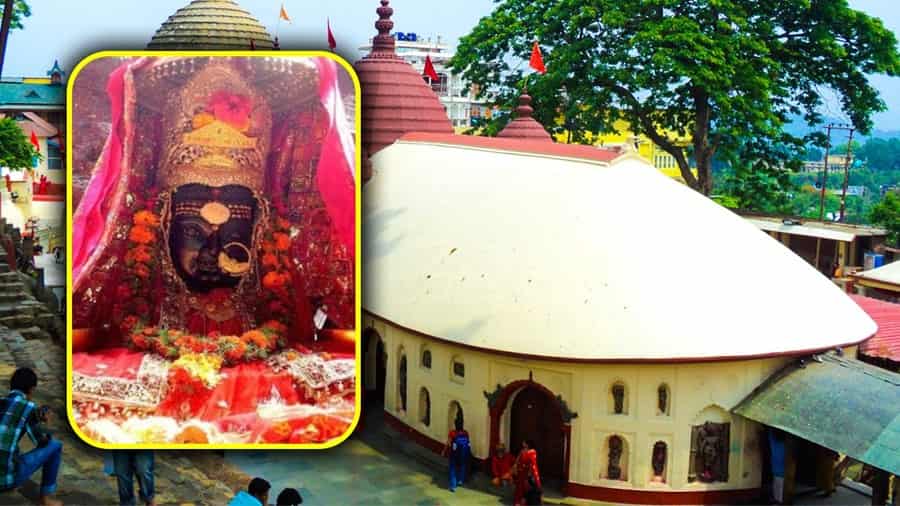
Located atop the Nilachal Hill in Guwahati, Assam, the Kamakhya Temple is one of the most famous Tantra temples in India. It is dedicated to the goddess Kamakhya, who represents the power of procreation and is believed to be an embodiment of the divine feminine.
The temple is known for its unique feature: the yoni-shaped stone within a cave. This symbolizes the creative force of the universe and is a significant focal point for Tantric worship. During the annual Ambubachi Mela, the temple celebrates the menstruation of the goddess, symbolizing the fertility of the earth. Tantric rituals and practices are conducted here to harness the goddess’s energy.
Tarapith Temple, West Bengal
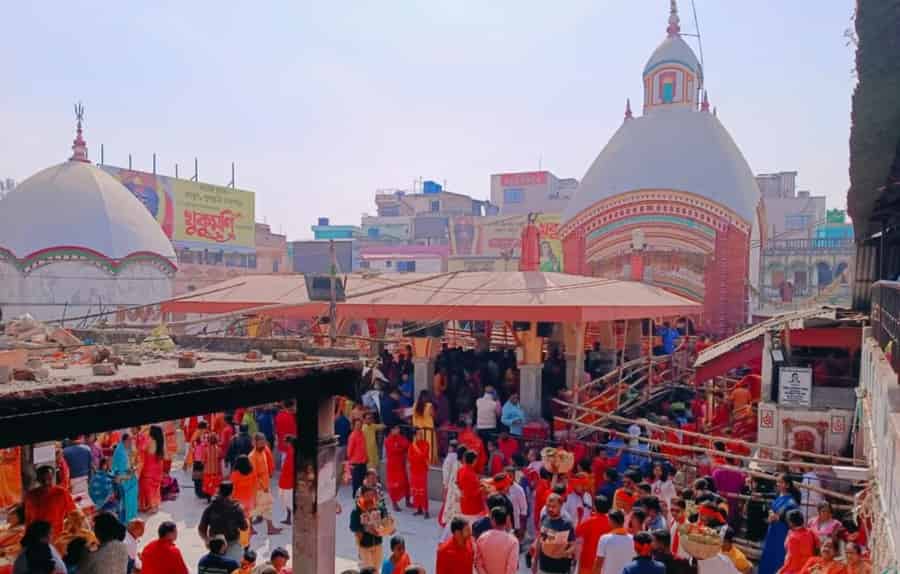
The Tarapith Temple, situated in Birbhum district of West Bengal, is dedicated to the goddess Tara. It is an important Tantra center and a place of pilgrimage for those seeking to explore Tantric practices. The temple is renowned for its association with sadhana (spiritual practice), and it is believed that the goddess Tara fulfills the desires of her devotees.
The main deity in the temple is a form of the goddess Kali, and rituals involving the use of human skulls and other esoteric items are performed here. Devotees come to Tarapith to seek blessings, perform Tantric rituals, and gain spiritual insights.
Bhairavi Temple, Tamil Nadu
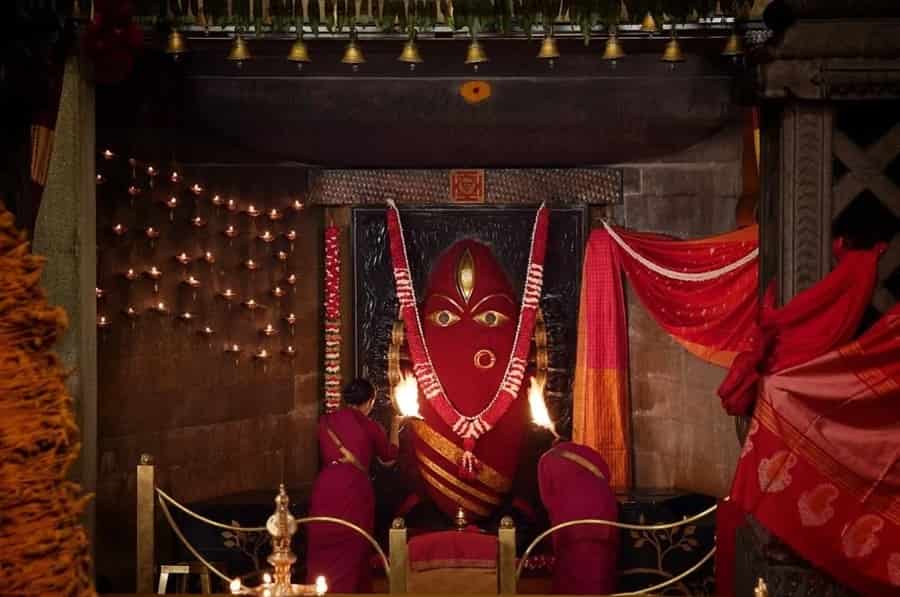
Situated in the Chettinad region of Tamil Nadu, the Bhairavi Temple is dedicated to the goddess Bhairavi, a fierce and powerful form of the divine feminine. The temple is known for its unique customs, rituals, and worship practices that align with Tantra traditions.
Devotees visit the temple to seek the goddess’s blessings, and special pujas (rituals) are conducted to invoke her presence. The temple’s architecture and artwork are a testament to the fusion of art and spirituality that is characteristic of Tantra temples.
Mahakaleshwar Temple, Ujjain
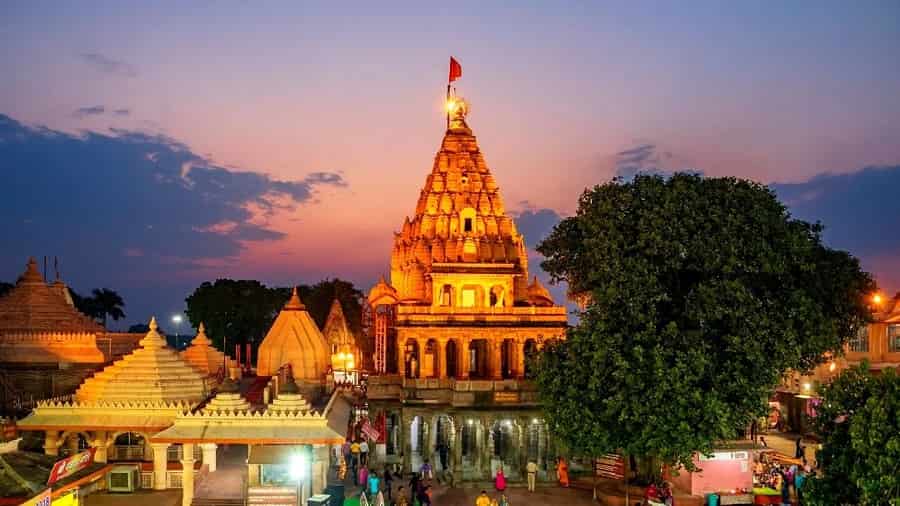
The Mahakaleshwar Temple in Ujjain, Madhya Pradesh, is one of the twelve Jyotirlinga shrines dedicated to Lord Shiva. While it may not be exclusively a Tantra temple, it holds significance in Tantric practices due to its association with the fierce form of Lord Shiva known as Mahakal.
The temple is a place of deep spiritual significance and is renowned for its rituals and ceremonies, which often include Tantric elements. The Lingam of Lord Mahakaleshwar is said to represent the infinite power of the divine, and many seekers come here to experience the divine presence.
Vishvanath Temple, Varanasi
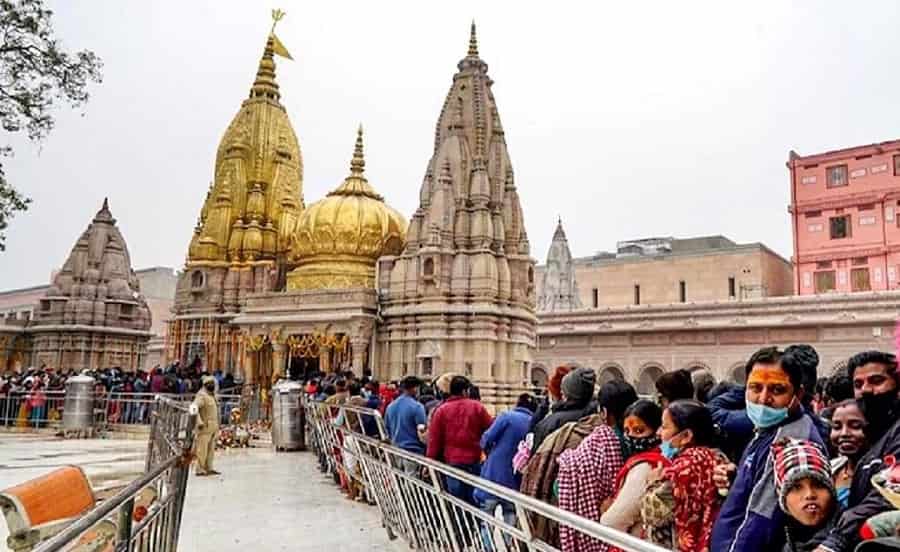
Varanasi, one of the oldest cities in the world, is a hub of spiritual practices, including Tantra. The Vishvanath Temple, dedicated to Lord Shiva, is one of the holiest sites for Hindus and is associated with various Tantric sects.
The temple’s architecture and ambiance create a spiritual atmosphere that attracts seekers from around the world. Rituals and ceremonies that combine Tantra practices and devotion to Lord Shiva are performed here, making it a significant place for spiritual exploration.
Mahakal Temple, Darjeeling
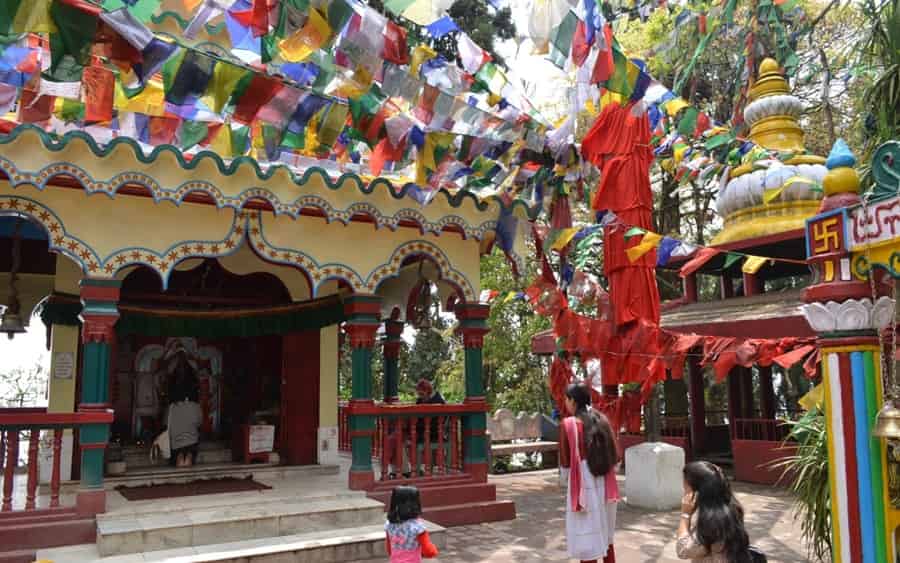
The Mahakal Temple in Darjeeling, West Bengal, is dedicated to Lord Mahakal, a fierce form of Lord Shiva. It is a significant Tantra temple in the region, and it is known for its traditional rituals and practices.
The temple offers a serene and peaceful environment for meditation and spiritual contemplation. It is also a popular pilgrimage site for those seeking to connect with the divine through Tantra practices.
Chausath Yogini Temple, Morena, Madhya Pradesh
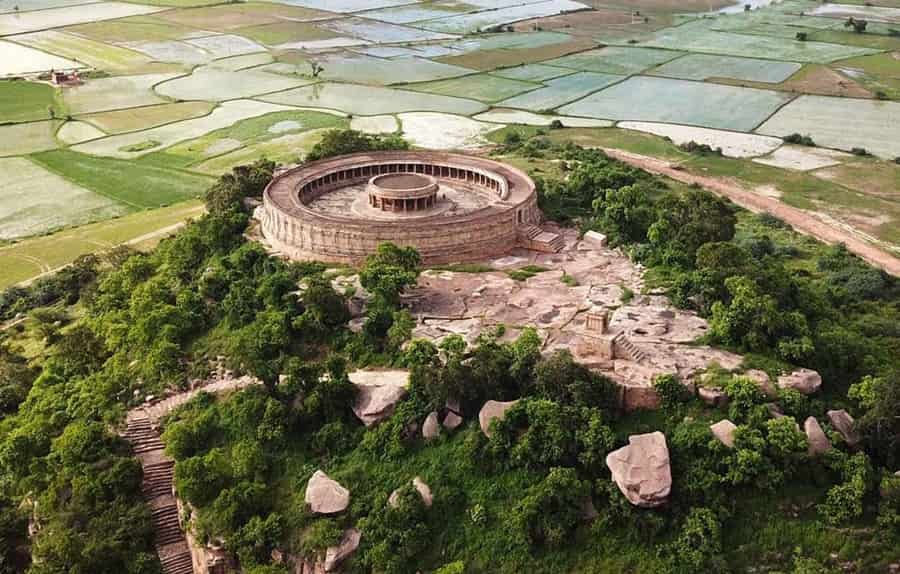
The Chausath Yogini Temple, located in Morena, Madhya Pradesh, is dedicated to the 64 Yoginis, who are considered manifestations of the goddess Durga. These Yoginis represent various aspects of feminine energy, and their worship is deeply ingrained in Tantric traditions.
The temple is unique in its circular architecture, featuring 64 shrines surrounding the main deity, Chausath Yogini. It is believed that the energy and power of these Yoginis are harnessed through specific rituals and meditative practices conducted here. Devotees and spiritual seekers come to this temple to connect with these divine energies and explore the intricate web of Tantric practices.
Kalighat Temple, Kolkata
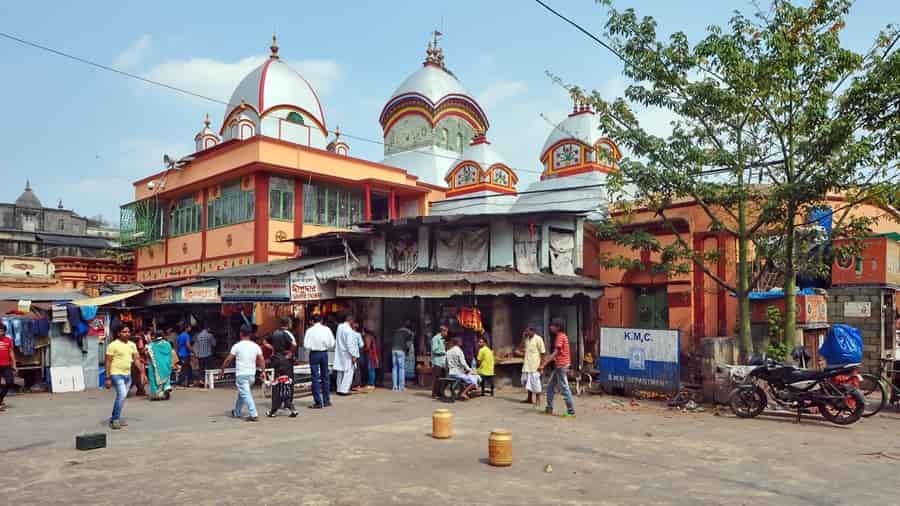
The Kalighat Temple in Kolkata, dedicated to the goddess Kali, is one of the oldest and most revered Tantra temples in India. It is closely associated with the Dakshineswar Kali Temple mentioned earlier. Kalighat is known for its fierce representation of the goddess Kali and her symbolism in Tantric traditions.
The temple’s architecture and rituals are deeply rooted in Tantra, and it has been a place of pilgrimage and worship for centuries. Devotees often participate in special pujas and rituals that invoke the powerful energy of Kali. The temple also has a sacred tank where offerings are made to the goddess as part of Tantric practices.
Mookambika Temple, Karnataka
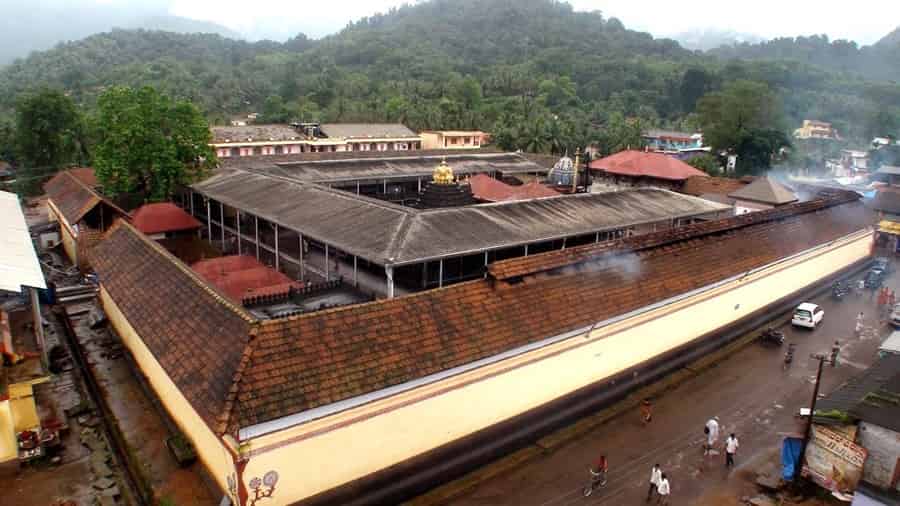
The Mookambika Temple, located in the Kollur region of Karnataka, is dedicated to the goddess Mookambika. While it may not be widely recognized as a Tantra temple, it holds significance in the Tantric traditions of South India. The goddess Mookambika is believed to be a manifestation of both Saraswati and Kali.
The temple is known for its serene setting in the midst of lush forests and the presence of a natural lingam, which is associated with the divine. Devotees visit the temple to seek blessings, perform rituals, and engage in spiritual practices that align with Tantra. The temple’s unique blend of spirituality and natural beauty provides a tranquil environment for inner exploration.
Baidyanath Jyotirlinga Temple, Deoghar, Jharkhand
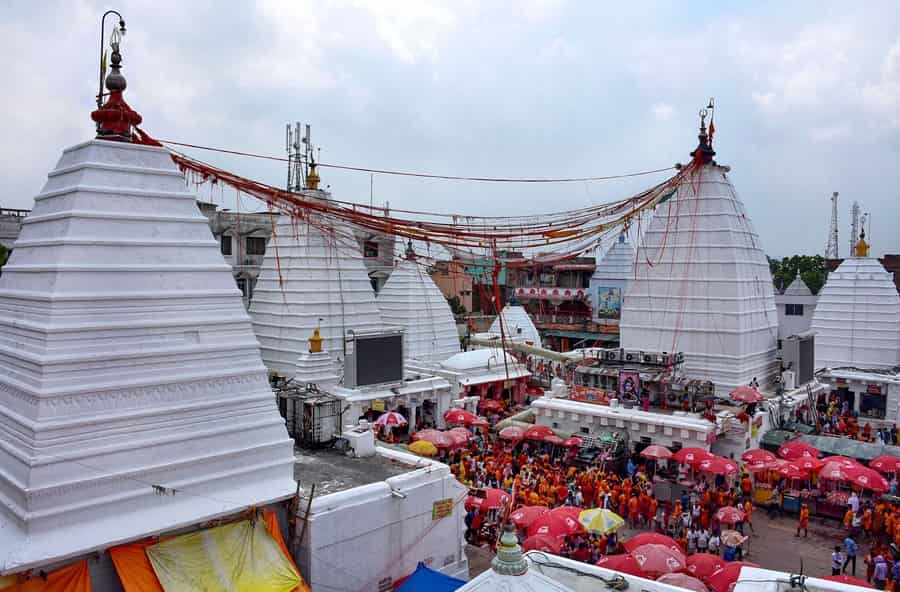
The Baidyanath Jyotirlinga Temple, located in Deoghar, Jharkhand, is dedicated to Lord Shiva and is a significant pilgrimage site for Hindus. While primarily associated with the worship of Lord Shiva, this temple also holds importance in Tantra traditions. The Jyotirlinga symbolizes the infinite cosmic power of Shiva, which aligns with the core concept of harnessing energy within Tantra.
The temple complex is rich in architecture and spirituality. Devotees and seekers visit to experience the divine presence and participate in rituals and pujas that incorporate Tantric elements. The sacredness of the place, combined with the Tantric practices, provides a profound spiritual experience for those who seek it.
Daksha Mahadev Temple, Kankhal, Uttarakhand
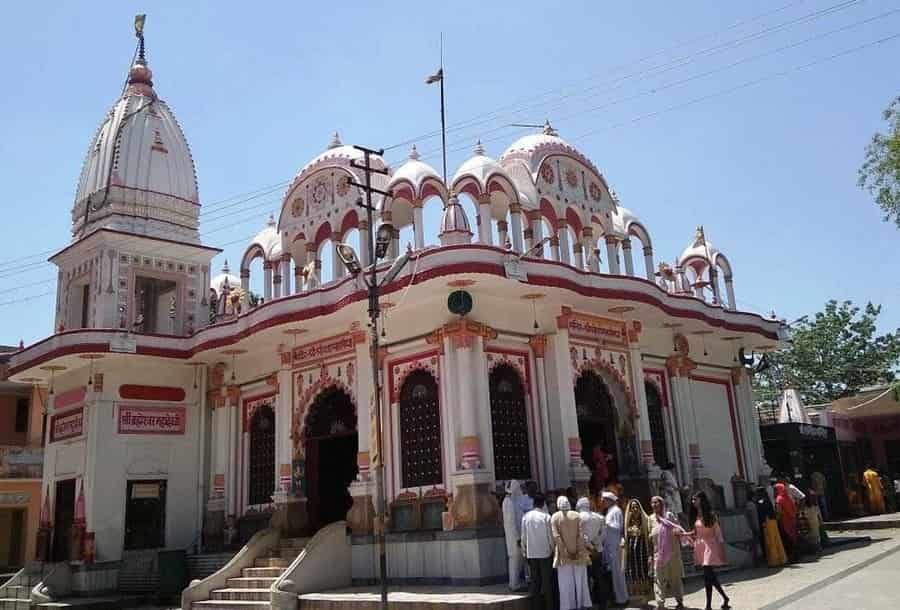
The Daksha Mahadev Temple, situated in Kankhal, near Haridwar, is dedicated to Lord Shiva. It is famous for its association with the Daksha Yagna, an ancient ritual, and its significance in Tantric practices. The temple complex includes the shrines of various deities, and it is considered a place of immense spiritual power.
The Daksha Mahadev Temple is known for its unique Tantric rituals and ceremonies. Devotees come here to seek blessings, engage in spiritual practices, and connect with the divine energy of Lord Shiva. The temple’s serene atmosphere, combined with its historical and spiritual significance, makes it a notable place for Tantric exploration.
Conclusion
The Tantra temples of India are a testament to the country’s diverse spiritual heritage. These sacred spaces offer a profound journey into the mystical realm of Tantric traditions, where ancient knowledge, rituals, and meditation techniques converge to help seekers connect with the divine within themselves.
Throughout India, Tantra temples provide a platform for spiritual growth, self-discovery, and a deeper understanding of the universe’s hidden energies. They preserve and propagate the esoteric wisdom of Tantra, offering a path to enlightenment for those who seek it.
In conclusion, Tantra temples in India stand as bridges between the material and spiritual worlds, where the intricate tapestry of art, architecture, and rituals weaves a profound tapestry of spiritual exploration. As they continue to draw seekers and devotees from around the world, these temples remain integral to the spiritual landscape of India, inviting all to embark on a transformative journey into the mysticism of Tantra.

 Call
Call WhatsApp
WhatsApp Enquiry
Enquiry